- the presentation presents an overview of different Global illumination techniques
- discussing strengths and weaknesses
- presents the solution implemented in O3D and looks at problems and future developments
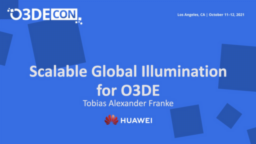
- the article provides an explanation of Homogeneous Coordinates
- showing a visual explanation of the mapping into Cartesian coordinates
- presents how these concepts can be used for spline interpolation

- the slides and video recordings from the Vulkanised 2021 conference have been released
- covering Synchronization, layer building, portability, shader pipelines, and texture compression

- discussing how the mapping from D3D to Vulkan binding semantics was implemented using SPIR-V patching
- reflection and code generation is used to implement constant and resource binding in C++ code
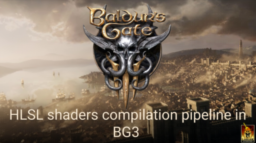
- the article presents a method to generate and simulate real-time interactive fog
- based on fluid simulations
- presents how to generate a boundary mask from arbitrary meshes using Unity
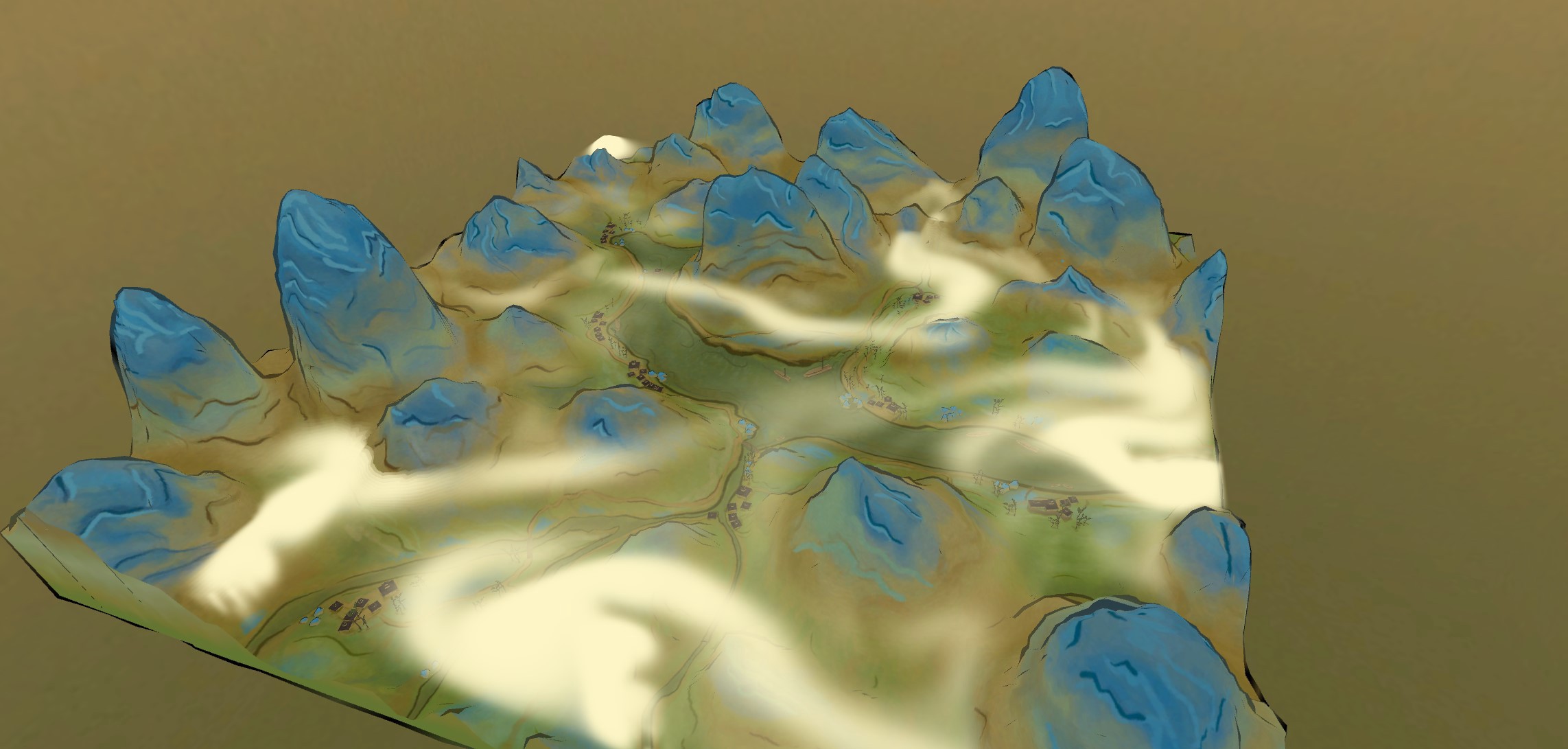
- the article presents an in-depth overview of the pipeline required to display a image on screen
- shows how a frame traverses the pipeline to be presented onto the screen
- explains how different methods affect latency and fluency of animations
- compares different methods and presents a look at more modern approaches
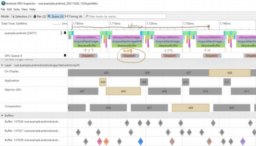
- collection of best practices for NVidia hardware regarding buffer management

- the article discusses considerations when to use async copy queue, async compute, or serial copy engines on NVidia hardware
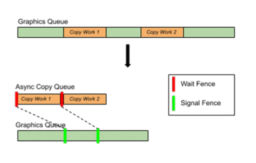
- the article presents a collection of Nvidia advice for getting good performance from async compute workloads
- shows examples of two workloads that can be combined efficiently
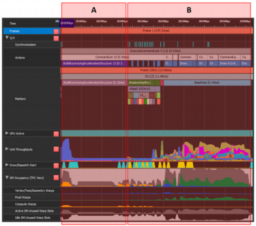
Thanks to Keith O’Conor for support of this series.
Would you like to see your name here too? Become a Patreon of this series.